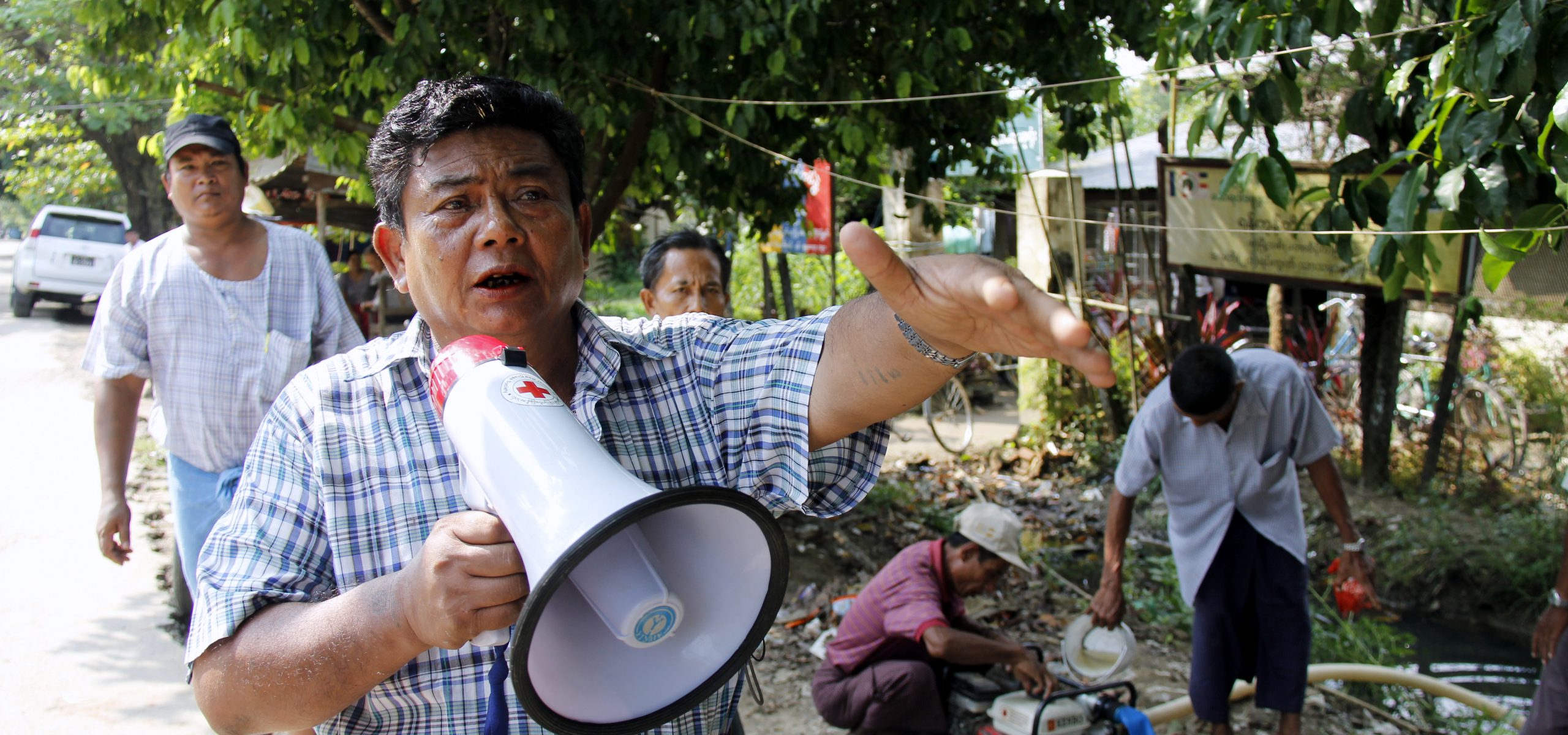Disaster Preparedness
Environment in emergency response preparedness

Environment in emergency response preparedness
Disaster preparedness refers to the knowledge and capacities developed by governments, professional response and recovery organizations, communities and individuals to effectively anticipate, respond to, and recover from, the impacts of likely, imminent or current hazard events or conditions (UNISDR, 2017). Disaster preparedness is the key to ensuring an effective response and building back better in recovery, rehabilitation and reconstruction (Sendai Framework priority for Action 4).
Disaster preparedness refers to the knowledge and capacities developed by governments, professional response and recovery organizations, communities and individuals to effectively anticipate, respond to, and recover from, the impacts of likely, imminent or current hazard events or conditions (UNISDR, 2017). Disaster preparedness is the key to ensuring an effective response and building back better in recovery, rehabilitation and reconstruction (Sendai Framework priority for Action 4). Preparedness is a continuous process involving various activities aimed to lessen the impact of a hazard on affected populations and the environment. Good preparedness forms the basis of disaster resilience. Including environmental actors in preparedness planning creates a greater understanding of the interplay between environmental and disaster risks, and sets the stage for better risk management.
The extent to which the environment is considered in the pre-disaster context is decisive for the integration of environmental concerns throughout humanitarian response and recovery. Consequently, environmental considerations should be an integral part of all preparedness activities. For example, risk and vulnerability assessments should consider the way in which natural hazards can either directly damage the environment or trigger environmental emergencies such as technological accidents. This will create a more complete risk picture, where the links between a stable and healthy natural environment and the health and security of affected populations is understood.
Understanding the current and potential future environmental conditions of a region is essential for an efficient and sustainable response
Risk analysis provides a common understanding and prioritization of risks, and should include existing environmental conditions and threats
Addressing environment as part of preparedness planning lays the foundation for its integration into humanitarian action.
Communicating risks effectively to populations and communities is essential for people to be able to be better prepared and to reduce the damaging impacts of hazards.
Policies supported by institutional frameworks and legal arrangements make up the disaster risk management framework. In order to systematically integrate environmental concerns in humanitarian action, one must consider the institutional arrangements governing disaster preparedness, response, recovery and emergency funding.
An understanding of evolving risks is fundamental to a timely and effective response. The analysis of disaster risks informs the planning of a response, while monitoring ensures that the process is responsive to changing contexts
Information management services support humanitarian actors in gathering, analyzing and disseminating key information about a humanitarian situation.
It is important to identify and close gaps between existing resources and anticipated emergency response needs. In preparedness, this entails an assessment of the current disaster risk management system and its available resources as well as capacities.
Environmental actors are assigned specific roles and responsibilities within the response, and interact with other responders within existing coordination mechanisms.
Including environmental considerations in disaster response exercises and trainings encourages exchange among actors and lays the foundation for a sustainable response.